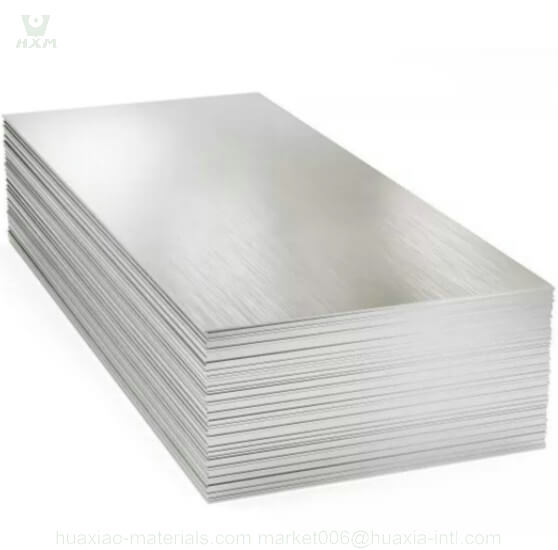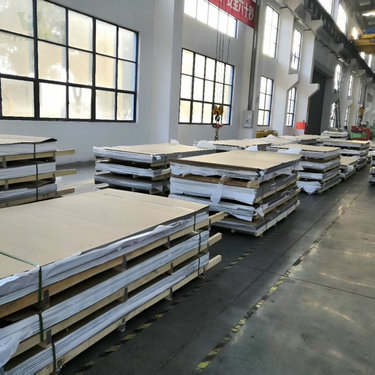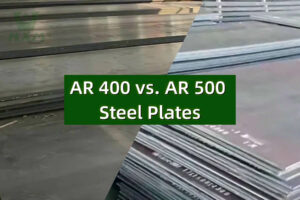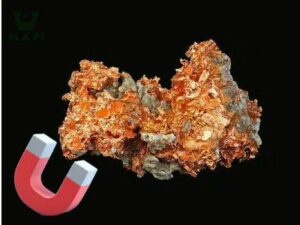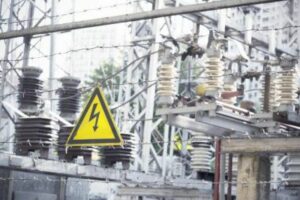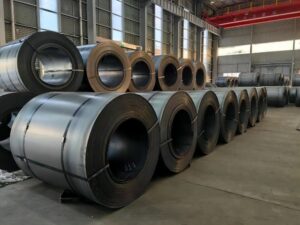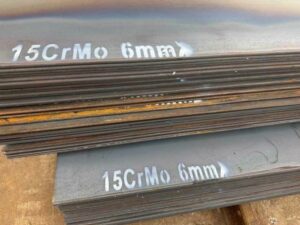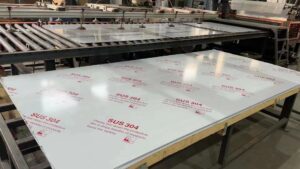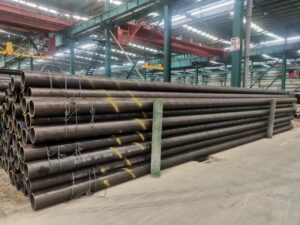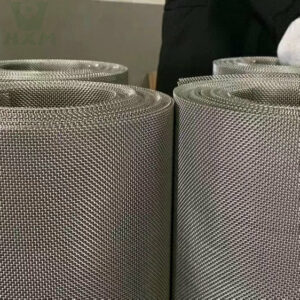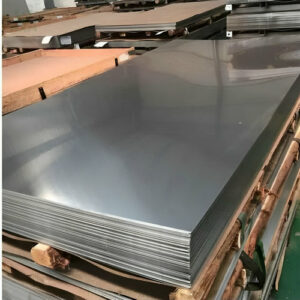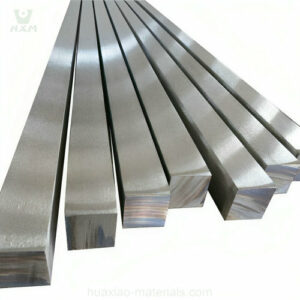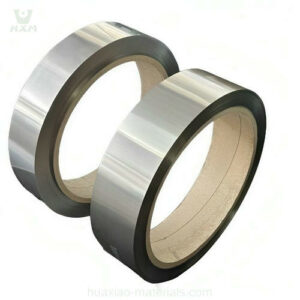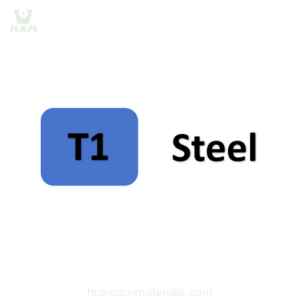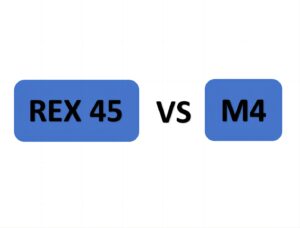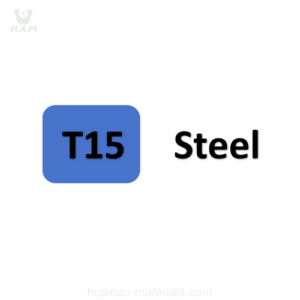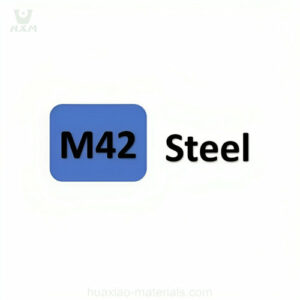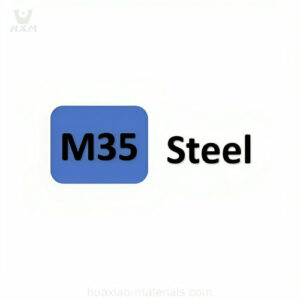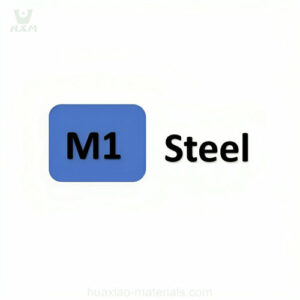The 400 series stainless steel group is characterized by a set of key features and properties that distinguish it from other stainless steel groups. Here are the main characteristics that define the 400 series stainless steel:
Ferritic Structure: The 400 series stainless steels primarily have a ferritic microstructure, which means they consist predominantly of iron with a crystalline structure known as ferrite. This structure contributes to their magnetic properties.
Chromium Content: Like other stainless steels, the 400 series contains chromium, which imparts corrosion resistance to the alloy. However, the chromium content in this series is lower compared to the 300 series, typically ranging from 10% to 30%.
Low Carbon Content: These stainless steels have a relatively low carbon content, usually below 0.15%. Low carbon levels contribute to improved weldability and prevent sensitization, a condition that can lead to corrosion in some cases.
Magnetic Properties: Most 400 series stainless steels are magnetic due to their ferritic structure. This magnetic property can be advantageous for certain applications, such as in magnetic resonance imaging (MRI) machines or magnetic components.
Good Corrosion Resistance: While not as corrosion-resistant as the 300 series, many 400 series stainless steels still offer sufficient corrosion resistance for specific environments and applications. Their resistance to atmospheric, mild chemical, and freshwater corrosion can be suitable for various uses.
Heat Resistance: Some grades within the 400 series exhibit good heat resistance, making them suitable for applications involving elevated temperatures. However, they are not as heat-resistant as the 300 series.
Machinability: These stainless steels generally have good machinability characteristics, which make them suitable for machining operations and various manufacturing processes.
Wear Resistance: Certain grades within the 400 series, such as 440C, are known for their high wear resistance and hardness, making them suitable for applications in the production of bearings, cutting tools, and surgical instruments.
Applications: The 400 series stainless steels find application in various industries, including automotive, aerospace, cutlery, medical instruments, kitchen appliances, and architectural components. Specific grades are chosen based on their properties and suitability for the intended use.
Variety of Grades: The 400 series encompasses a range of stainless steel grades, each with specific properties and applications. Some common grades within this series include 410, 420, 430, and 440.
It’s important to note that while the 400 series stainless steels offer unique advantages, they may not be as resistant to certain corrosive environments as the 300 series. Therefore, selecting the appropriate grade within the 400 series is crucial to ensure it meets the specific requirements of a given application.

